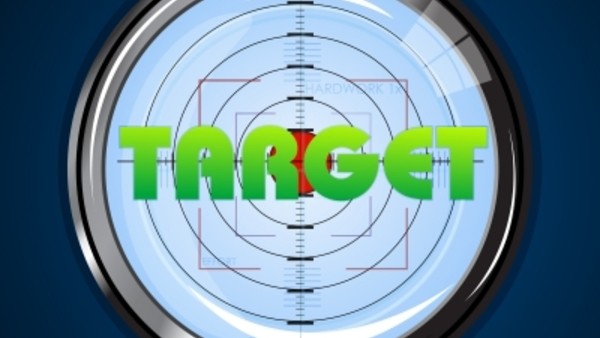5 Things to know about targetdate funds
Post on: 2 Апрель, 2015 No Comment

Story Highlights
- Hands-off investing has appeal, but attention is needed One size doesnt fit all and costs can be high You may already be in one and not know it
If you have a 401(k) plan, you’ve probably run across some target-date funds. These investments have a set date on them, like 2025 or 2035, and adjust your portfolio over time with this year as your fixed retirement date.
Target-date funds are appealing to many investors because they take out the hassle of managing retirement funds, adjusting your investments over time to reflect how your investing goals and strategies change as you age. As a result, target-date assets have climbed above $500 billion
But while the hands-off approach of target-date investing is appealing, the funds are not without shortcomings. Here are five to be aware of:
• One size doesn’t fit all. If you’re behind building a nest egg or if you expect to live until age 100, you may need to invest more aggressively than a typical 401(k) investor to have enough cash for your retirement. If you also have an IRA from a past employer and want your 401(k) to complement those assets, you obviously don’t need the one-stop approach of a target-date fund. In other words, a target-date fund designed for the typical investor in your age group may not be right for those in unique situations.
• Costs can be high: Research firm Morningstar estimates that the typical target-date fund had expenses of 0.91% at the end of 2012 or $91 a year for every $10,000 invested. That may not sound like a lot, but those costs add up — especially if considering the lost fees would have grown over time as investments. Furthermore, some target-date plans charge you twice, as a fund of funds — that is, a portfolio of other mutual funds instead of individual stocks and bonds. Each fund in the portfolio takes a small cut of the assets invested, then the target-date fund manager takes one, too. Remember that those fees come out of your returns.
• Strategies aren’t hard to re-create: You may not like paying the fees, but what’s the option if you’re not a savvy investor? An easy way to re-create a target-date fund is to simply look at the documentation from your 401(k) provider to see what the asset mix is in that fund. Let’s say the mix is 60% domestic stocks, 20% international stocks and 10% bonds. Look at the domestic, international and bond options in your 401(k) plan, and follow that mix. It’s not an exact science, but it will be cheaper and well diversified — and might outperform your target-date fund.
• You may be in one and not know: Target-date funds have been approved by the government as a default choice in 401(k)s — meaning if you signed up for a 401(k), you could be in a target fund because you didn’t say otherwise. Furthermore, thanks to the rather anemic savings rates among Americans, the U.S. Department of Labor has tried to encourage retirement planning any way it can. That includes automatic enrollment in 401(k) plans for new hires, requiring them to opt out instead of opting in. If you were automatically opted in to a 401(k), then opted into these common investment vehicles, you could be contributing to a target-date fund simply because you never said, No, thanks.
• Target funds don’t excuse laziness. Reallocating your asset mix over time can be intimidating or seem like a hassle. But it’s important to take an active role in your retirement planning. Choosing a target-date fund doesn’t absolve you from the responsibility of keeping tabs on your money, so check regularly on the performance of your holdings and retirement outlook, regardless of where your money is.
Jeff Reeves is the editor of InvestorPlace.com and the author of The Frugal Investor’s Guide to Finding Great Stocks .














